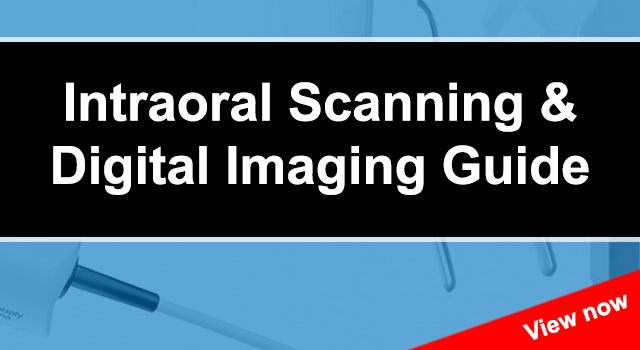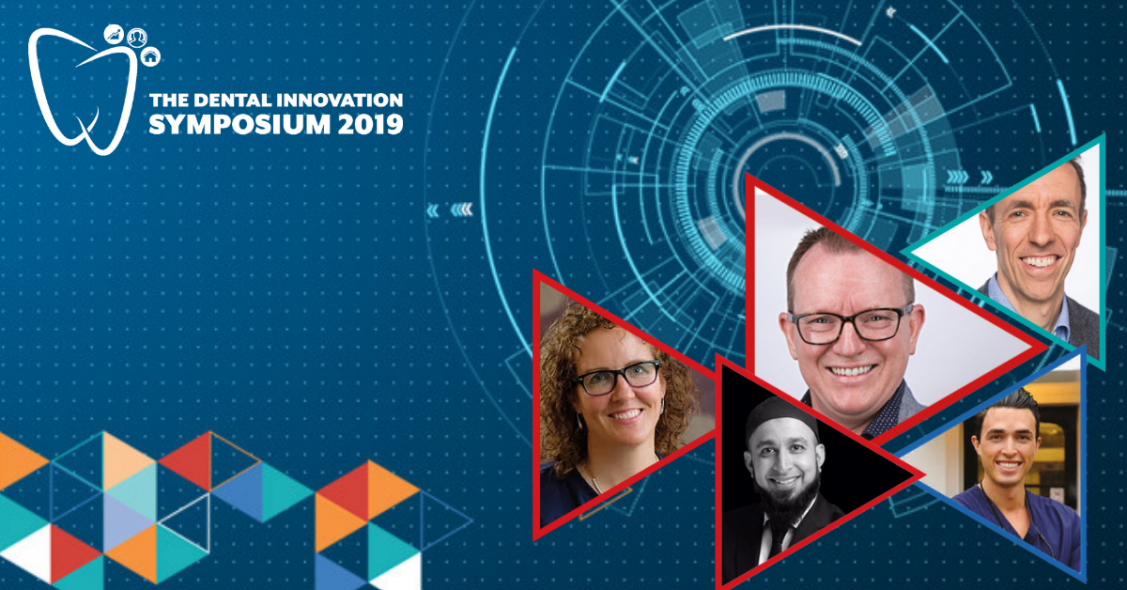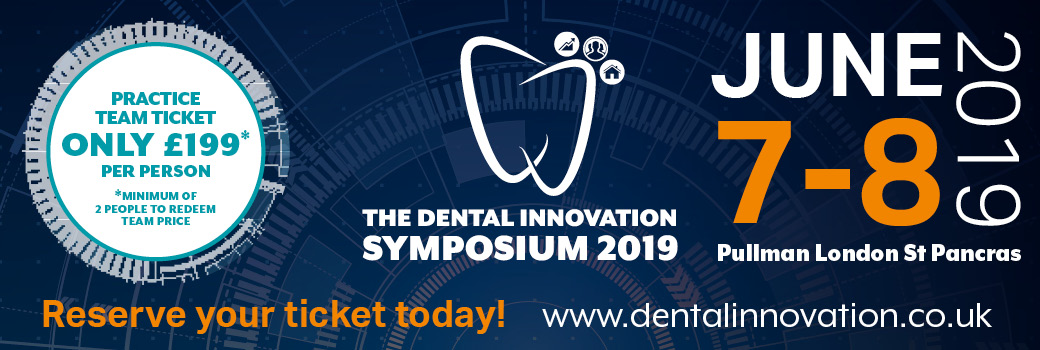Our digital imaging and intraoral scanning guide has been released. Like our previous 3D printing…

Why you should invest in an intraoral scanner
Digital dentistry might have had its drawbacks in the past – but not anymore. With unprecedented accuracy, flexibility and ease of use, today’s intraoral scanners make a strong case for becoming integral to all modern practices. Here are 6 reasons to consider investing in 2019.
 1. Inspire confidence through convenience
1. Inspire confidence through convenience
Doing away with the need for messy conventional impressions is a serious selling point for patients, especially those who are nervous about committing to dental treatment. With an intraoral scanner, you can take impressions and simulate the end result in a single appointment. For patients, the speed and convenience of an intraoral scan creates a positive experience that inspires confidence in their treatment, while dentists find that visualisation improves communication and patient education.
 2. Free up your time, free up your space
2. Free up your time, free up your space
By eliminating the need for physical impressions and their associated processes (disinfection, postage, pouring, casting), intraoral scanners significantly speed up workflow – giving dentists more time to focus on what they do best: treating patients. Intraoral scanners are also practical space savers, with unlimited information stored on the cloud, rather than in your workplace. Used in tandem with software such as Examine Pro from Software of Excellence, scans can be stored and viewed against patient records, making it easier to communicate both problems and solutions while the patient is in the chair.
3. Reduce risk through enhanced accuracy
Studies have shown that intraoral scanners are just as accurate as analogue impressions – and in many cases outperform them. Traditional impressions are susceptible to a number of risks that can affect accuracy on their journey from practice to lab – from patient gagging and tongue thrusting to saliva contamination, transportation temperature and errors in the pour-up process. Switching to a digital workflow eliminates these concerns, reducing the likelihood of remakes or retreatment.
 4. Stay flexible – and innovate – with open source software
4. Stay flexible – and innovate – with open source software
The closed systems of early intraoral scanners are increasingly making way for much more flexible open systems that allow dentists to work with neutral-format .stl files, which are compatible with all equipment and software. This gives you the flexibility to choose the right intraoral scanner for your practice’s needs and budget, the independence to source your own materials and tools, and the freedom to customise treatments exactly to your patients’ wishes.
 5. Meet the changing needs of your target market
5. Meet the changing needs of your target market
Increased life expectancy and an ageing population has meant that the demands of patients are evolving – in particular for those facing edentulism, but also for those wanting to make cosmetic improvements to their smile. The visualisation capacity of an intraoral scanner can have a significant impact on treatment uptake from your most lucrative patient base.
 6. Get peace of mind with award-winning products and ongoing support
6. Get peace of mind with award-winning products and ongoing support
Buying your intraoral scanner through Henry Schein not only gives you access to best-in-class products, but a support team that will help you make the right choice for your practice – and continue to assist you once your scanner is installed. Before you buy, you can narrow down your research with in-depth product demos in clinical settings. And once your intraoral scanner is up and running in the practice, you’ll have access to continual technical support via Henry Schein Dental, ensuring a seamless transition to a digital workflow.
Want to find out more about integrating an intraoral scanner into your practice? Explore Henry Schein’s digital-dentistry platform, combining products, advice and testimonials with all the knowledge, service and support needed to ensure you get maximum value from your investment. For more information, visit www.hsdconnectdental.co.uk



